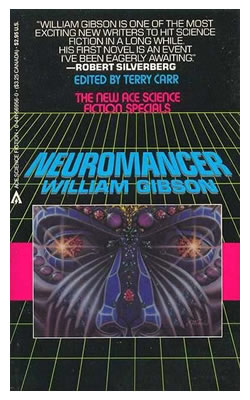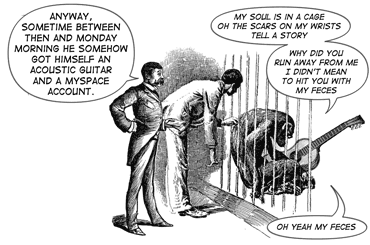
One minute after midnight tonight, Microsoft’s Entertainment and Devices division — the folks behind the XBox and Zune — will announce “something totally new…and it’s going to change the way people interact with technology.”
Here’s what Gizmodo has to say:
The timing is good, since tomorrow is when Bill Gates and Steve Jobs get to point fingers at each other under the grandfatherly gaze of Grand Vizier Walt Mossberg, and in these heady iPhone days, Gates needs all the ammo he can get. But what the heck is it? We’re convinced Zune 2.0 is still a ways off, but then again, what else would this division be up to? Stay tuned, and we’ll get back to you with the details right around midnight.
PC World takes Gizmodo’s point and runs with it a little farther:
…while the two will likely talk about the last three decades of computing, when it comes to current tech Jobs is walking in armed with major-league cool. I’m sure Gates is hoping this new techno-thingie will let him talk about new Microsoft developments without audience members snickering.
Whatever it is, it’s not likely to be worth staying up for, but I’ll be up at midnight anyway, so I’ll report on what it is they’re unveiling.






